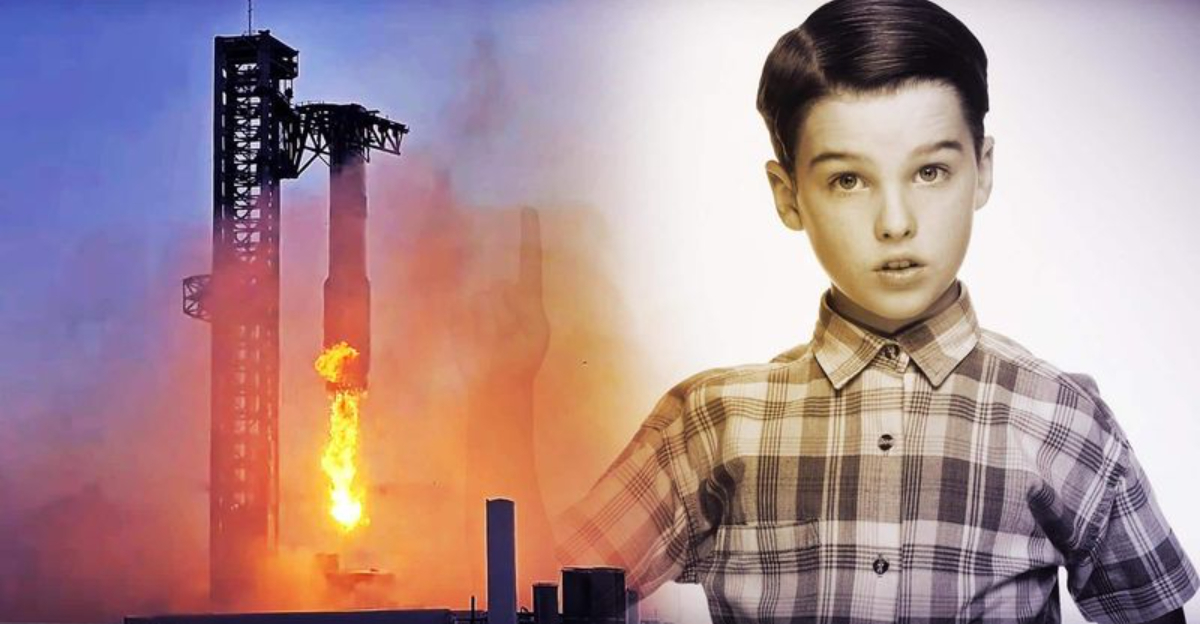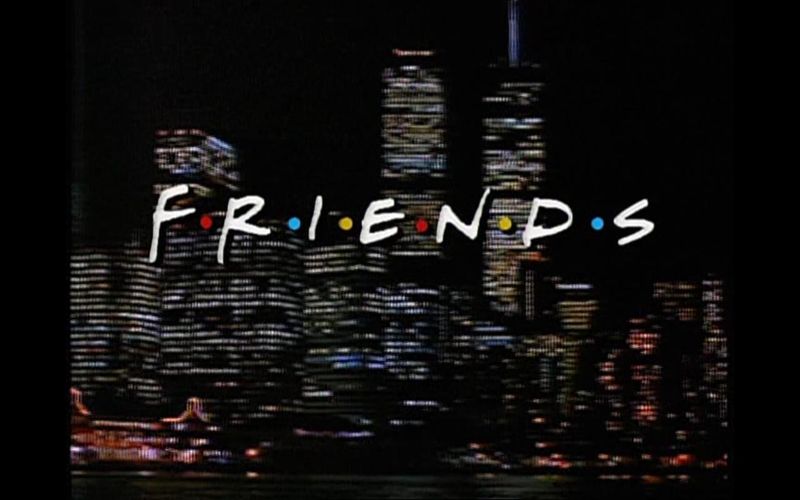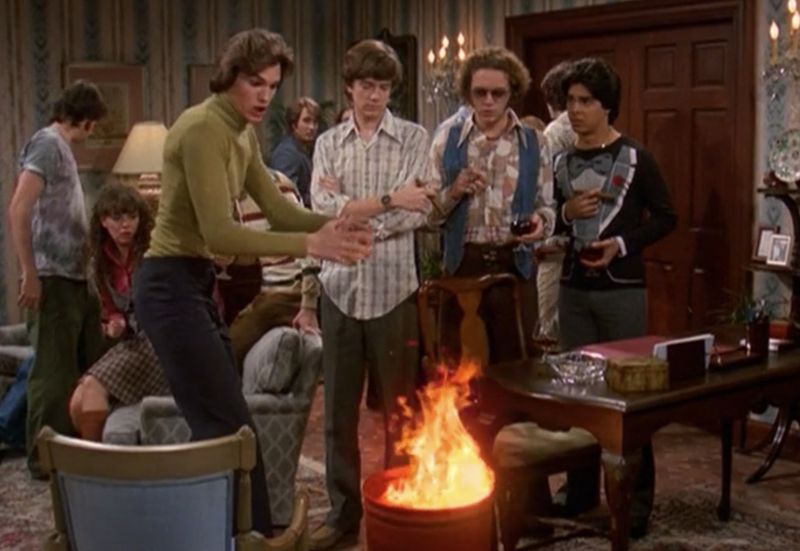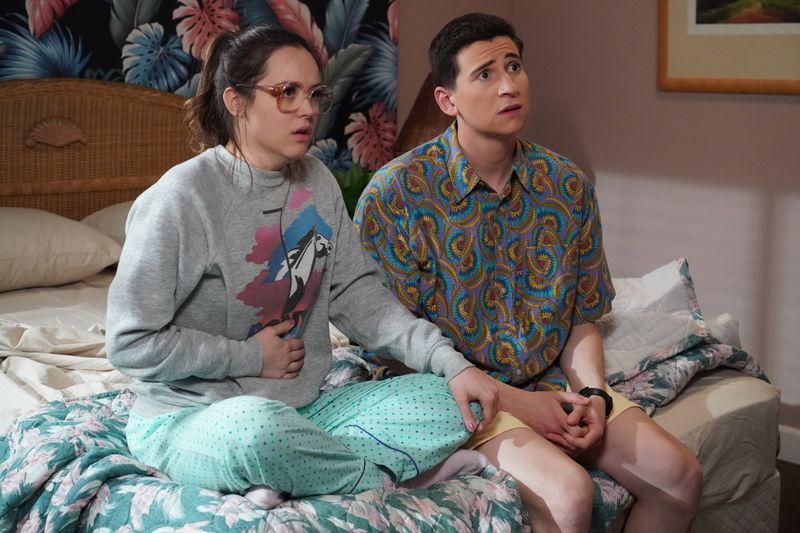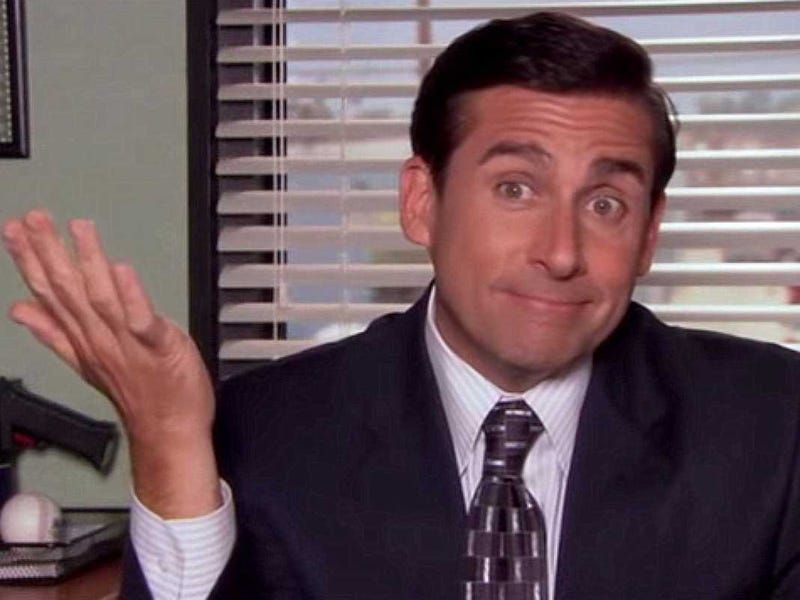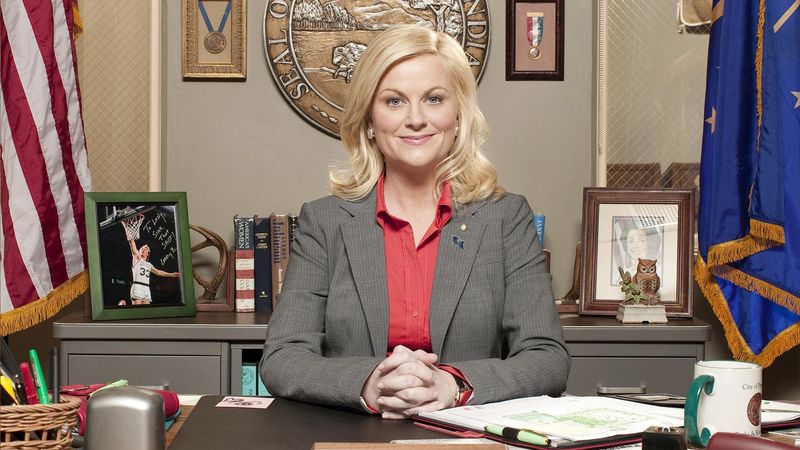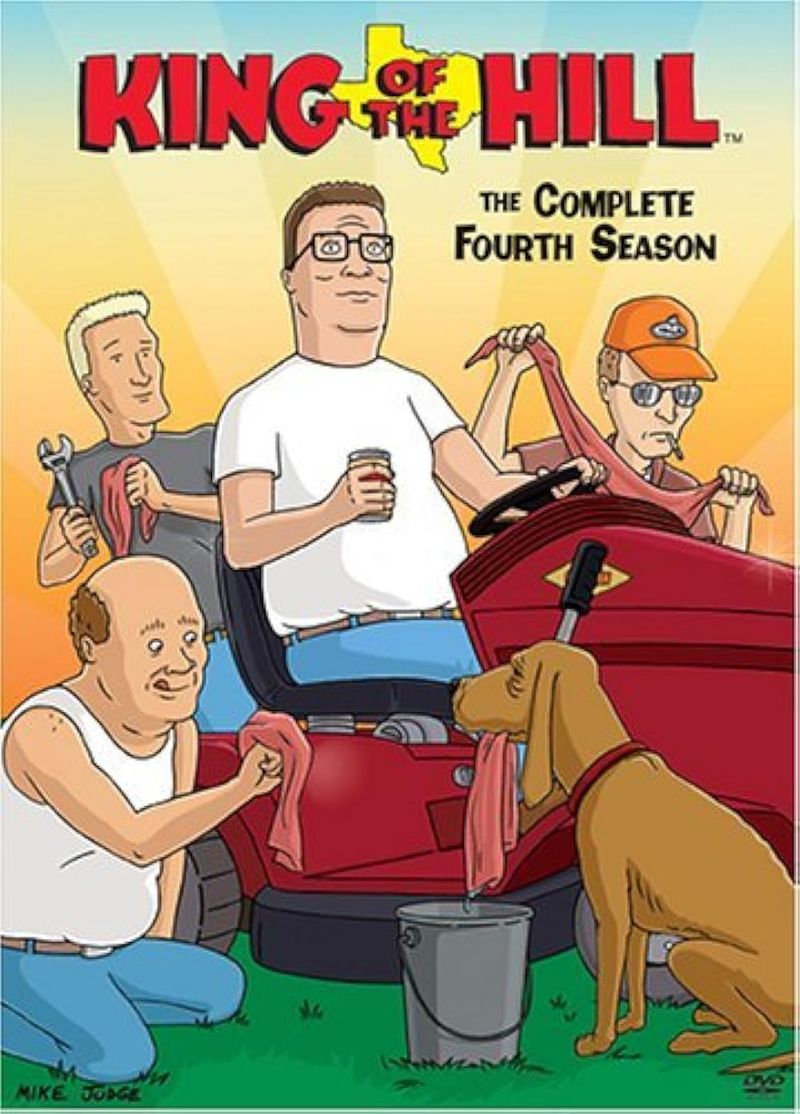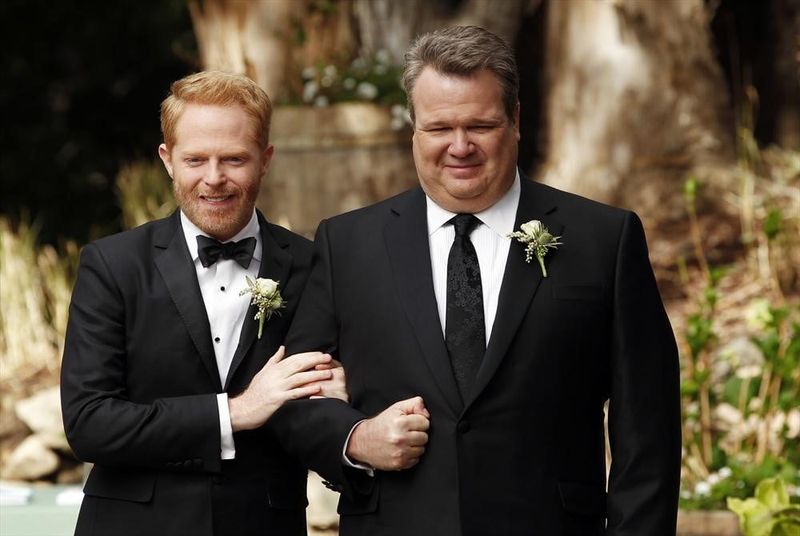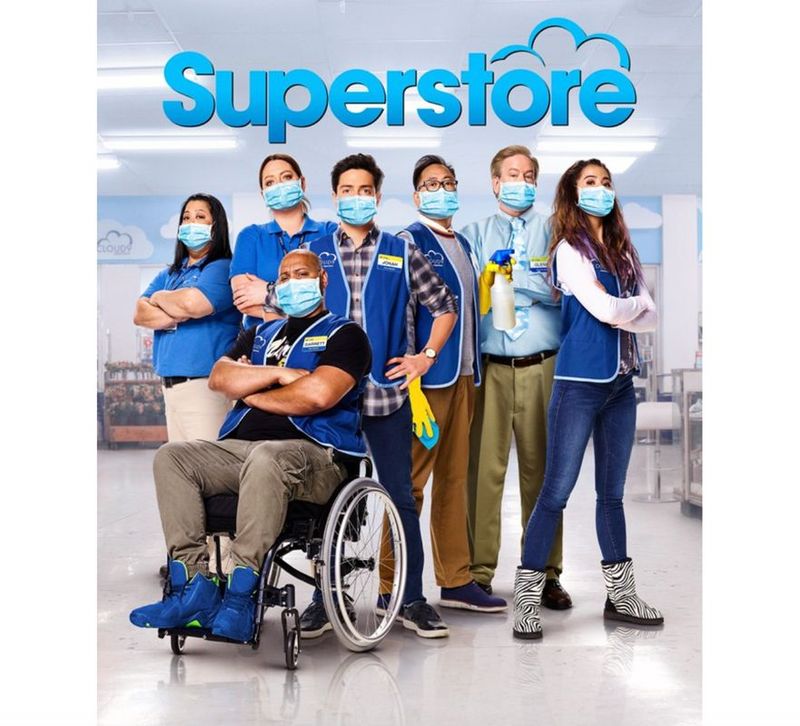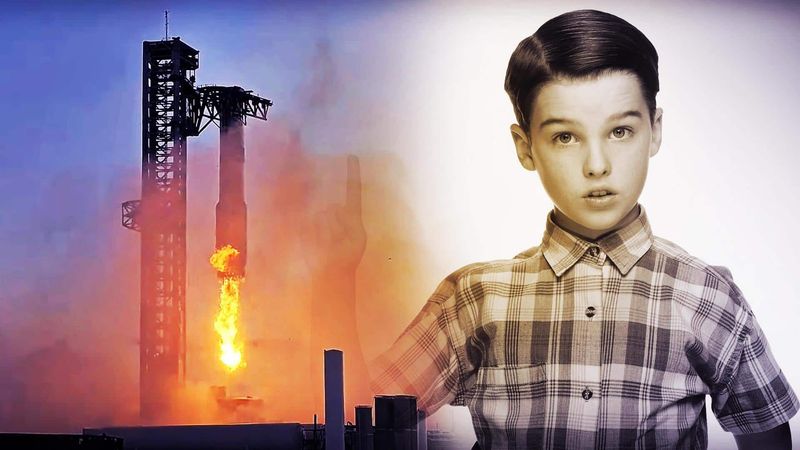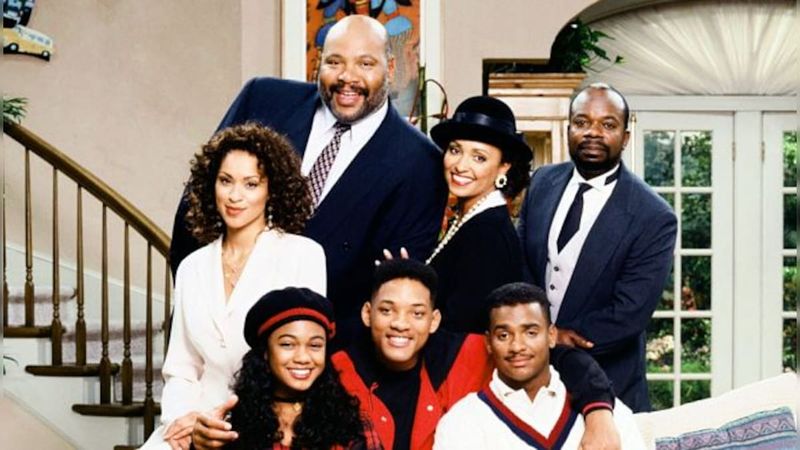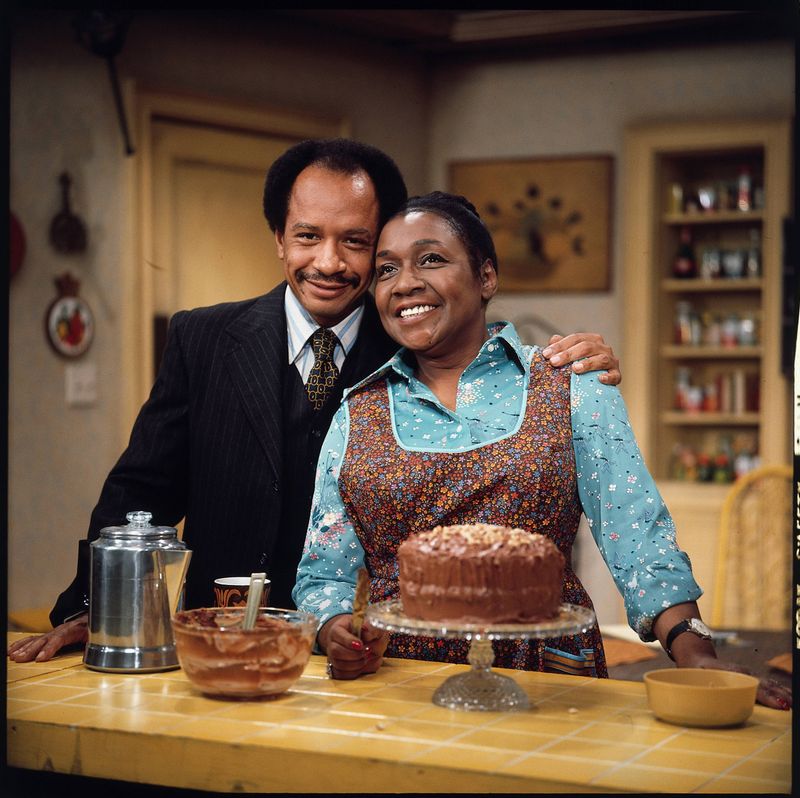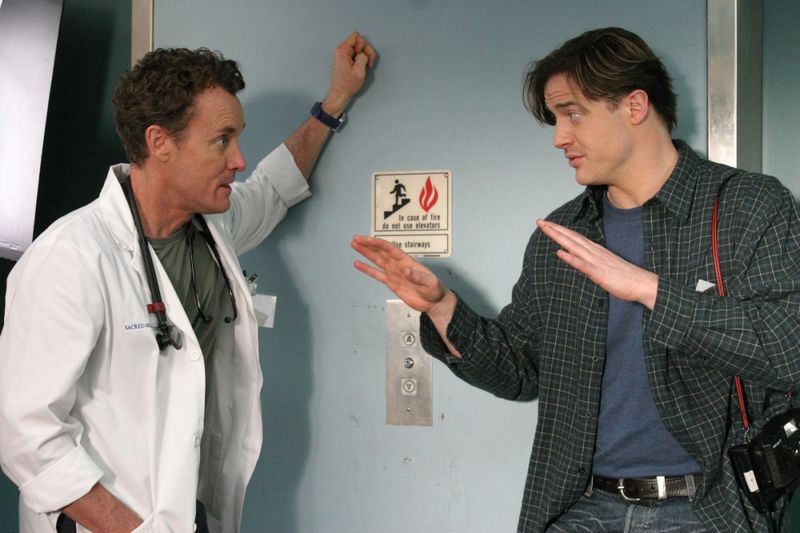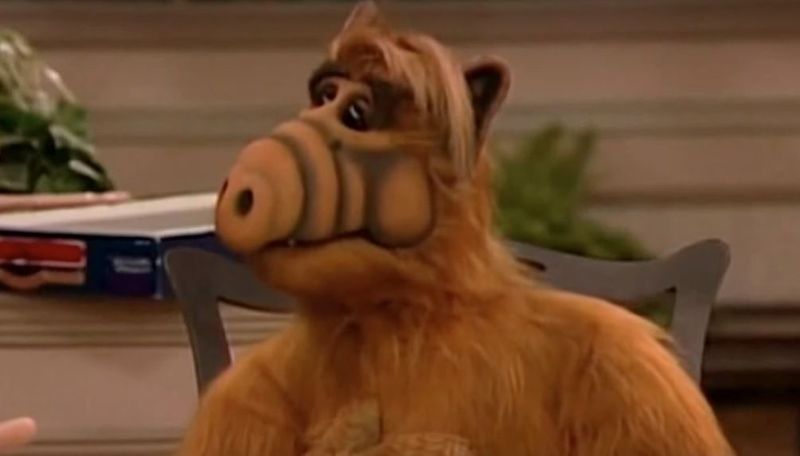Sitcoms may be known for laughs, but they’ve often tackled serious historical moments in surprising ways.
From national tragedies to cultural milestones, these comedy shows found creative ways to acknowledge real-world events while maintaining their humorous core.
These moments gave viewers a chance to process major events through the lens of beloved characters, creating powerful television that resonated beyond the jokes.
1. 9/11 Changed New York Sitcoms Forever
The Twin Towers disappeared from the Friends opening credits without comment after September 2001. The show, quintessentially New York, couldn’t ignore the tragedy that transformed its setting city.
Writers incorporated subtle tributes, including Joey wearing an FDNY shirt and the characters discussing the bravery of first responders. Meanwhile, Everybody Loves Raymond addressed the aftermath through family-focused episodes emphasizing togetherness during uncertain times.
Neither show directly mentioned the attacks, yet both acknowledged how profoundly 9/11 changed American life through these small but meaningful gestures.
2. That ’70s Show Illuminated the 1977 Blackout
Wisconsin seems far from New York City, but That ’70s Show cleverly transported viewers to the infamous 1977 blackout. The writers crafted an episode where the characters experienced their own power outage, mirroring the real-world chaos.
Eric and his friends fumbled through darkness while making references to the actual event happening simultaneously in NYC. The show captured both the anxiety and unexpected moments of community that emerged during the 41-hour blackout.
Though taking creative liberties with geography, the episode perfectly encapsulated the bizarre mix of panic and solidarity that defined the historical moment.
3. The Goldbergs Captured the Challenger Tragedy Through a Child’s Eyes
January 28, 1986 marked a tragic day in American history when the Challenger space shuttle exploded 73 seconds after launch. The Goldbergs tackled this sensitive moment through the perspective of schoolchildren watching live.
Adam Goldberg and his classmates gathered around the TV with the excitement only space exploration could inspire. The episode beautifully transitioned from anticipation to confusion to heartbreak, reflecting how millions of real American students experienced the disaster in classrooms nationwide.
Through this nostalgic yet somber lens, the sitcom honored both the astronauts and the collective national memory of where everyone was that day.
4. Dunder Mifflin’s Struggles Mirrored the 2008 Financial Crisis
“The economy is in a tailspin!” Michael Scott’s panicked proclamation wasn’t just sitcom hyperbole. The Office’s later seasons unfolded during America’s worst economic disaster since the Great Depression, and the show didn’t shy away from parallels.
Dunder Mifflin faced downsizing, branch closures, and corporate restructuring that eerily reflected real-world headlines. Employees worried about job security while management scrambled to keep the company afloat.
What made these storylines particularly poignant was how they balanced humor with authentic anxiety. Viewers laughing at workplace hijinks were simultaneously experiencing similar fears about their own employment stability during the recession.
5. Parks and Recreation Channeled Obama-Era Optimism
Leslie Knope’s boundless enthusiasm for government service wasn’t created in a vacuum. Parks and Recreation premiered shortly after Barack Obama’s historic election, when political idealism surged across America.
The show’s early seasons captured this distinctive moment when many believed government could be a force for positive change. Leslie’s campaign posters even borrowed design elements from Obama’s iconic “Hope” imagery.
Creator Michael Schur acknowledged the connection, noting how the series deliberately reflected the political zeitgeist. While never explicitly partisan, Parks and Rec embodied the can-do spirit that defined the early Obama years, making it a time capsule of 2008-2009’s political optimism.
6. King of the Hill Tackled Y2K Paranoia Head-On
“Hillennium” remains one of King of the Hill’s most memorable episodes. As 1999 drew to a close, conspiracy theorist Dale Gribble went into full panic mode over Y2K, stockpiling supplies and preparing for technological apocalypse.
The episode brilliantly captured real-world anxieties about computers crashing worldwide when clocks struck midnight on January 1, 2000. Hank’s level-headed skepticism contrasted with Dale’s paranoia, reflecting the national divide between those who feared disaster and those who dismissed the concerns.
When nothing catastrophic happened at midnight, the show gently poked fun at the overblown fears while acknowledging the genuine uncertainty many Americans felt during this unique historical moment.
7. Modern Family’s Wedding Evolved With Marriage Equality
When Modern Family premiered in 2009, same-sex marriage was legal in only six states. By the time Mitchell and Cameron’s wedding episode aired in 2014, that number had more than tripled.
The writers deliberately timed the couple’s storyline to parallel real-world legal developments. Their engagement coincided with the Supreme Court striking down part of the Defense of Marriage Act, while their wedding aired as state bans were falling nationwide.
This wasn’t just convenient timing – producer Christopher Lloyd confirmed they waited until the cultural moment felt right. The result was a celebration that felt both personal to beloved characters and historically significant, capturing America’s evolving attitudes toward LGBTQ+ rights.
8. Superstore Became TV’s Pandemic Time Capsule
Most sitcoms either ignored COVID-19 or mentioned it briefly before returning to normal storylines. Superstore took the bold approach of centering an entire season around the pandemic’s impact on retail workers.
Employees at Cloud 9 dealt with mask mandates, panic buyers hoarding toilet paper, and the terrifying reality of being designated “essential” without adequate protection. The show didn’t sanitize the experience, showing characters struggling with anxiety, financial insecurity, and the bizarre new normal.
What made Superstore’s approach remarkable was how it balanced humor with authentic representation of frontline workers’ experiences. Years from now, these episodes will serve as a surprisingly accurate document of this historical moment.
9. Young Sheldon’s SpaceX References Bridged Generations of Space Enthusiasm
Young Sheldon’s 1980s setting didn’t prevent it from making clever connections to modern space exploration. Several episodes featured young Sheldon Cooper’s fascination with NASA, while dialogue subtly referenced contemporary achievements like SpaceX launches.
These references created a thoughtful bridge between the Space Shuttle era of Sheldon’s childhood and the commercial space race happening as viewers watched. One particularly poignant moment compared Sheldon watching a shuttle launch to modern children watching SpaceX rockets land themselves.
This storytelling technique reminded audiences how space exploration continues to inspire generation after generation of science enthusiasts, connecting historical events to current innovations.
10. The Wonder Years Captured Cold War Anxiety Through Childhood Innocence
“Atomic Age” remains one of The Wonder Years’ most powerful episodes. Set during the 1962 Cuban Missile Crisis, it showed young Kevin Arnold experiencing duck-and-cover drills while adults whispered anxiously about nuclear war.
The episode masterfully contrasted childhood innocence with apocalyptic fear. Kevin’s family gathered around their television watching President Kennedy’s address, their faces illuminated by the screen as they contemplated an uncertain future.
What made this historical integration so effective was seeing genuine historical trauma through a child’s perspective. The show didn’t explain the complex geopolitics but instead captured the emotional reality of growing up under the shadow of potential nuclear annihilation.
11. Fresh Prince Subtly Addressed the O.J. Simpson Trial’s Racial Divide
The O.J. Simpson trial dominated American culture in 1994-1995, exposing deep racial divisions in how Americans viewed the case. The Fresh Prince of Bel-Air, as a show centered on a Black family in an affluent white neighborhood, was uniquely positioned to address these tensions.
Rather than mentioning Simpson directly, the show incorporated episodes about racial profiling and justice system inequality. One memorable scene showed the Banks family divided in their reactions to an unnamed court case, mirroring real-world conversations happening in living rooms nationwide.
This approach allowed the sitcom to acknowledge the trial’s cultural impact without dating episodes or taking explicit positions on Simpson’s guilt.
12. The Jeffersons’ Success Story Was Framed by Civil Rights Progress
“We’re moving on up!” wasn’t just a catchy theme song – it represented genuine social progress. The Jeffersons premiered in 1975, just as the Civil Rights Movement’s legislative victories were creating new opportunities for Black Americans.
George Jefferson frequently referenced his journey from growing up in Harlem to owning a successful chain of dry cleaning stores. The show incorporated historical touchpoints like segregation, redlining, and economic discrimination to contextualize the family’s achievements.
What made The Jeffersons revolutionary was showing a wealthy Black family whose success came despite systemic barriers, not by ignoring race. Their luxury apartment represented not just personal achievement but historical progress.
13. Black-ish Created a Modern Conversation About Rosa Parks
Black-ish regularly incorporated historical events into contemporary discussions. In one standout episode, the Johnson family debated Rosa Parks’ legacy and how civil disobedience translates to modern activism.
The sitcom avoided simplistic history-lesson storytelling. Instead, different family members offered contrasting perspectives on Parks’ actions and their relevance today. Grandfather Pops recalled the actual historical context while teenager Zoey connected it to social media activism.
This multigenerational conversation reflected how families actually discuss historical events – as living history that informs current choices. By framing Parks not as a distant historical figure but as someone whose actions still resonate, Black-ish made civil rights history immediate and relevant.
14. Scrubs Found Heart Amid the Iraq War’s Hospital Impact
While Scrubs was known for surreal humor, it didn’t shy away from the Iraq War’s medical consequences. Several episodes featured young soldiers returning with severe injuries, PTSD, and other war-related traumas.
The show balanced respectful portrayal of veterans with its trademark emotional depth. One particularly moving storyline followed Dr. Cox forming a connection with a soldier suffering from an invisible brain injury, highlighting challenges faced by returning veterans.
These episodes aired while the actual conflict continued, making them unusually timely. Rather than making explicit political statements, Scrubs focused on the human impact of war on both patients and the medical professionals treating them, creating some of television’s most thoughtful responses to the conflict.
15. ALF’s Berlin Wall Episode Explained Global Politics to Children
In November 1989, the Berlin Wall fell – and even alien life form ALF took notice. The furry extraterrestrial watched news coverage of this momentous event, asking the Tanner family to explain why humans would build walls between each other.
This seemingly simple premise allowed the sitcom to explain complex Cold War politics to its young audience. Through ALF’s outsider perspective, children learned about freedom, division, and reconciliation in accessible terms.
What made this episode remarkable was its timeliness – airing just weeks after the actual historical event. While most children’s programming avoided current events, ALF embraced the teaching moment, helping young viewers understand the significance of what they were seeing on news broadcasts.
16. M*A*S*H Used Korea to Comment on Vietnam
Television’s most brilliant historical sleight-of-hand occurred on M*A*S*H. Set during the Korean War (1950-1953), the show actually served as an extended metaphor for the Vietnam War raging during its production.
Creator Larry Gelbart confirmed this intention, noting it was easier to comment on Vietnam through the lens of an earlier conflict. The 4077th’s surgeons questioned military logic, bureaucratic absurdity, and the human cost of war in ways that perfectly mirrored contemporary debates about Vietnam.
This historical displacement allowed M*A*S*H to deliver some of television’s most pointed antiwar commentary while avoiding network censorship. The show’s finale in 1983 remains the most-watched TV episode ever, proving how effectively this historical parallel resonated with viewers.
